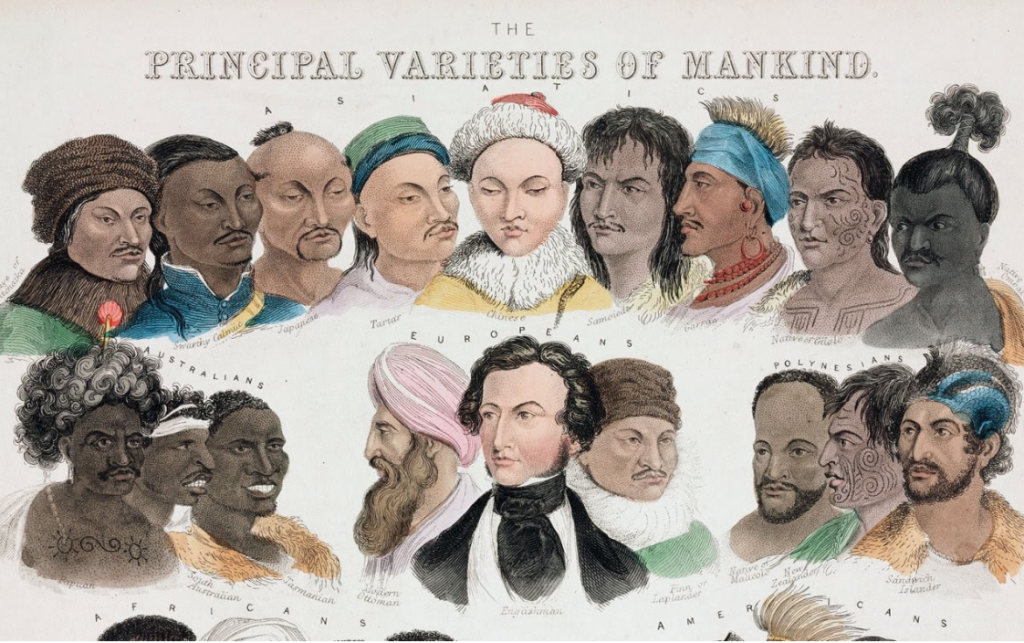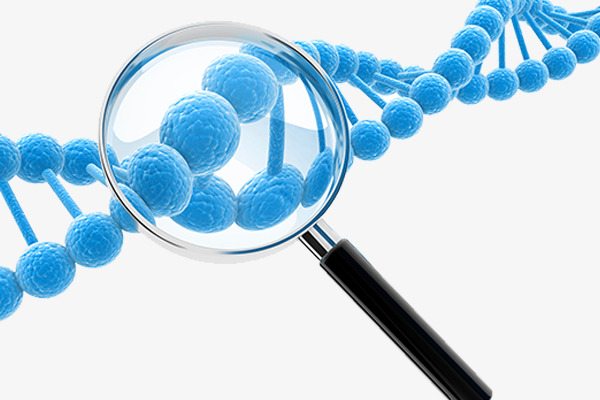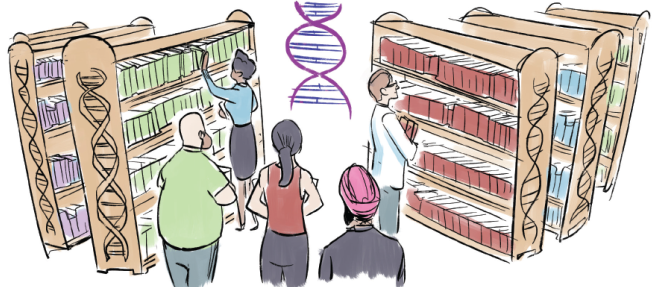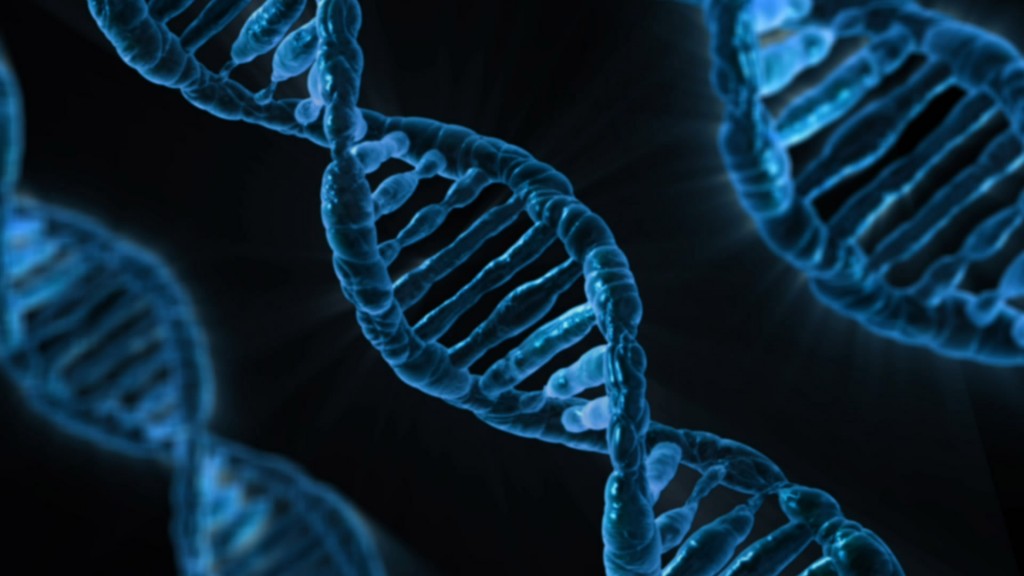
Keisha has written a really engaging and well explained blog about scientific racism and the impact this has had on engagement from minority communities in research.

Keisha has written a really engaging and well explained blog about scientific racism and the impact this has had on engagement from minority communities in research.

After a short break (most of the team have been off enjoying their summer holidays!) the A-Z blog is back! Since we are just over halfway through the A-Z series, Tom [EDIT Lab PhD student] has put together a quiz based on all our previous posts for you to test…

Decades of twin studies have yielded evidence of the heritability of many different traits. What we mean by this is the proportion of variation in a trait that can be explained by genetic differences between individuals. Research has moved towards identifying specific genetic variants associated with these traits through Genome-Wide…

Next in the ‘A-Z’ series is B, for ‘Biobank’ or ‘BioResource’. Biobanks and bioresources are frequently used to support an abundance of research looking into all kinds of different disorders and phenotypes. This blog outlines exactly what a biobank and a bioresource are, and how they are used to support…

The scientific process is being used to help researchers reflect on the work being conducted in different fields of science (an approach known as ‘meta-science’). Today, Tom McAdams discusses how meta-science is changing the way scientists understand and approach their work.

A recent blogpost in the research policy section on the website of HEFCE (the Higher Education Funding Council for England) – a place which might well have a creditable claim to the highly-contested title of ‘Nerdiest Corner of the Internet’ – highlights the body’s continuing focus on interdisciplinary research in…

A book about how James Watson and his sidekick Francis Crick won the Nobel Prize. Also there was Maurice Wilkins. Oh – and some woman who wouldn’t wear lipstick (but was handy with a camera).
Recent Comments